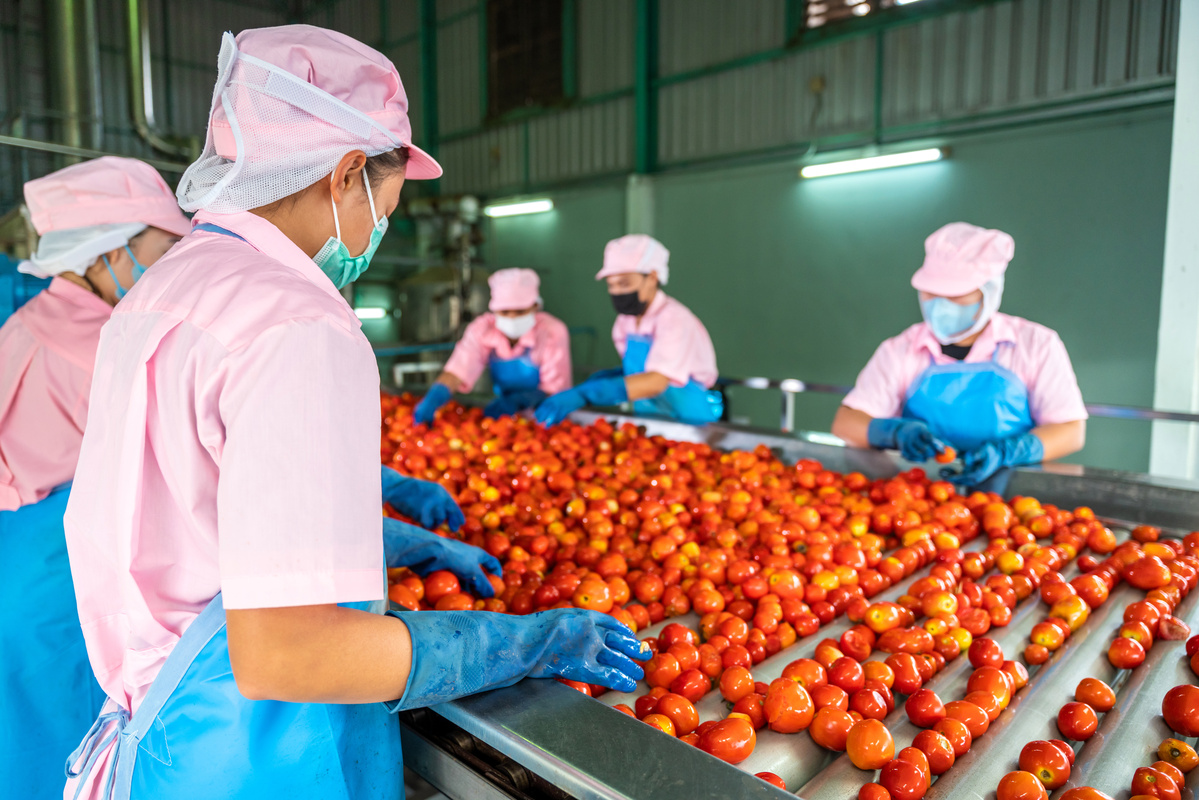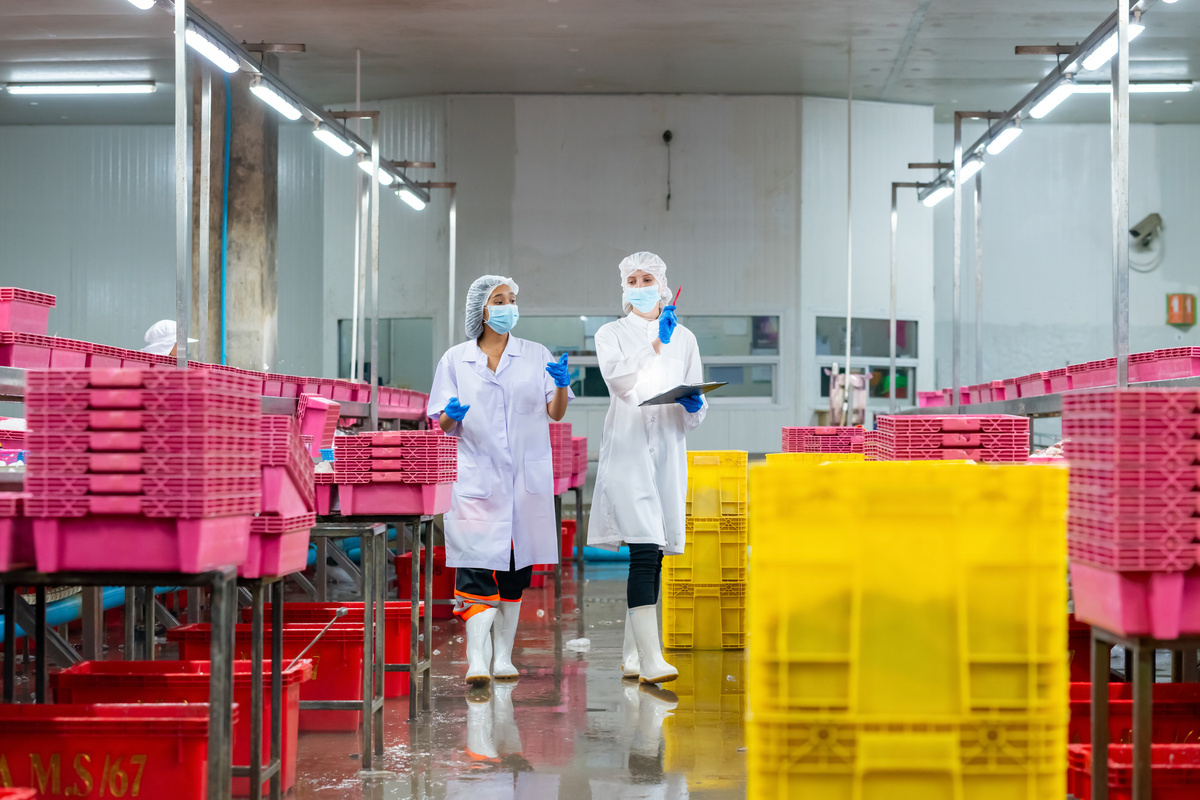Cultivating a continuous improvement mindset in F&B and consumer goods manufacturing
Sponsored by dss+
In high-pressure, low-margin manufacturing sectors such as food and beverage (F&B), complacency is costly. Staying competitive means constantly improving how work gets done. Continuous improvement (CI) is not a project; it is a daily mindset and habit that prevents gains from fading, replaces firefighting with prevention and keeps everyone focused on doing better to meet strict quality standards and shifting consumer tastes.
Leadership’s role in sustaining improvement
CI fails when leaders treat it as optional. Instead, they must set direction, talk about CI often, allocate time and resources and recognise wins. Credibility comes from action – leaders who join Gemba walks, ask questions on the floor and invite ideas show that improvement is everyone’s job. Toyota is a good example of this: the company expects change to start at the top and has refreshed leadership to revive CI energy when needed.
The difference between CI as a program and CI as a culture is how it is woven into strategy and governance. Nestlé shifted from project-based efforts to a “sustainable, attitude-inspired approach” that engages everybody in everyday improvement; it reports steady 5 to 6 per cent organic growth and about £1.4 billion in annual savings through its Continuous Excellence program. Leaders should do the same: tie CI goals to plans and KPIs and review progress as rigorously as financials.
Psychological safety is essential. W Edwards Deming, the quality pioneer behind the 14 Points, urged managers to “drive out fear”. Best-in-class plants put this into practice: they coach leaders to stop blame, thank people for raising concerns and fix processes rather than people. When employees see it is safe to speak up, problems surface early and ideas flow

Embedding continuous improvement into daily operations
Here’s a short checklist to keep in mind when it comes to integrating CI into your everyday:
Make CI part of daily work. Run a short huddle each shift to review yesterday’s results; flag today’s risks; select one small improvement to test.
Go to the Gemba. Regular floor walks reveal bottlenecks and quality risks; they also speed the move from noticing to fixing.
Lock in gains with standard work and visual management. Update standard operating procedures (SOPs) so better methods become the standard; use tiered boards and simple dashboards for safety, quality, output, downtime and targets versus actuals; make issues visible; resolve them before the shift ends.
Encourage many small, frequent ideas. They face less resistance and compound over time. For example, Toyota employees submit over one million suggestions each year, of which around 90 per cent are implemented.

Building CI capabilities at every level
Continuous improvement scales when people have the skills and support to apply it. Start with a shared toolkit – waste identification, 5 Whys, PDCA, root-cause basics, Lean and Six Sigma – and tap into the strong appetite for learning in food manufacturing; about 70 per cent of employees want to build new skills, which lifts confidence and participation.
Make training stick with on-the-job coaching: CI champions and line leaders guide teams as they solve real losses and then debrief what worked and what did not. Use cross-functional performance improvement teams (PIT) to turn capability into results; a typical PIT sprint aims to cut packaging line changeover time by about 20 per cent within a few weeks, then spreads the method across the plant to reduce scrap and improve service. Learning and development should never stop – companies should measure how much training people get, promote from within, support formal recognition and learning from others, and move employees between production lines or sites so they gain broader experience. This helps build a strong pool of future CI leaders from inside the organisation.
CI works best when it has clear, measurable goals and simple routines. Track both results and the improvement process itself – for example, the number of ideas submitted and implemented, overall equipment effectiveness (OEE), yield, waste, defects, changeover time, safety performance and the financial impact of improvements. Set practical targets that the plant team can own, such as reducing waste by a set percentage or completing a specific number of frontline improvement ideas each year. Make sure all metrics align with the plant’s key priorities: safety, quality, delivery and cost.
Cascade goals so every level supports the same outcome: for example, set on-time delivery at 98 per cent and give production, maintenance and supply chain supporting targets.
Keep performance visible by using tiered boards and short stand-up meetings, highlighting CI leaders and running a steering forum. Require capital projects to demonstrate their CI impact, include CI in business reviews and recognise the best improvements.

Continuous improvement as the bridge to long-term resilience
Continuous improvement is a culture that sustains progress. Companies that embed it become more agile and resilient; teams treat shocks as chances to learn, find causes, fix them and recover faster. A strong CI culture prevents backsliding; it doesn’t just keep standards in place, it raises them. Over time the effect compounds: plants run safer, with less waste, better quality, and stronger service than their peers.
The path is clear: leaders who keep asking how to improve; teams who feel safe and own their work; daily habits that make improvement normal; and simple metrics and reviews that keep focus. When everyone improves a little every day, short-term wins turn into lasting advantage.

Business Reporter Team
Most Viewed
Winston House, 3rd Floor, Units 306-309, 2-4 Dollis Park, London, N3 1HF
23-29 Hendon Lane, London, N3 1RT
020 8349 4363
© 2025, Lyonsdown Limited. Business Reporter® is a registered trademark of Lyonsdown Ltd. VAT registration number: 830519543





